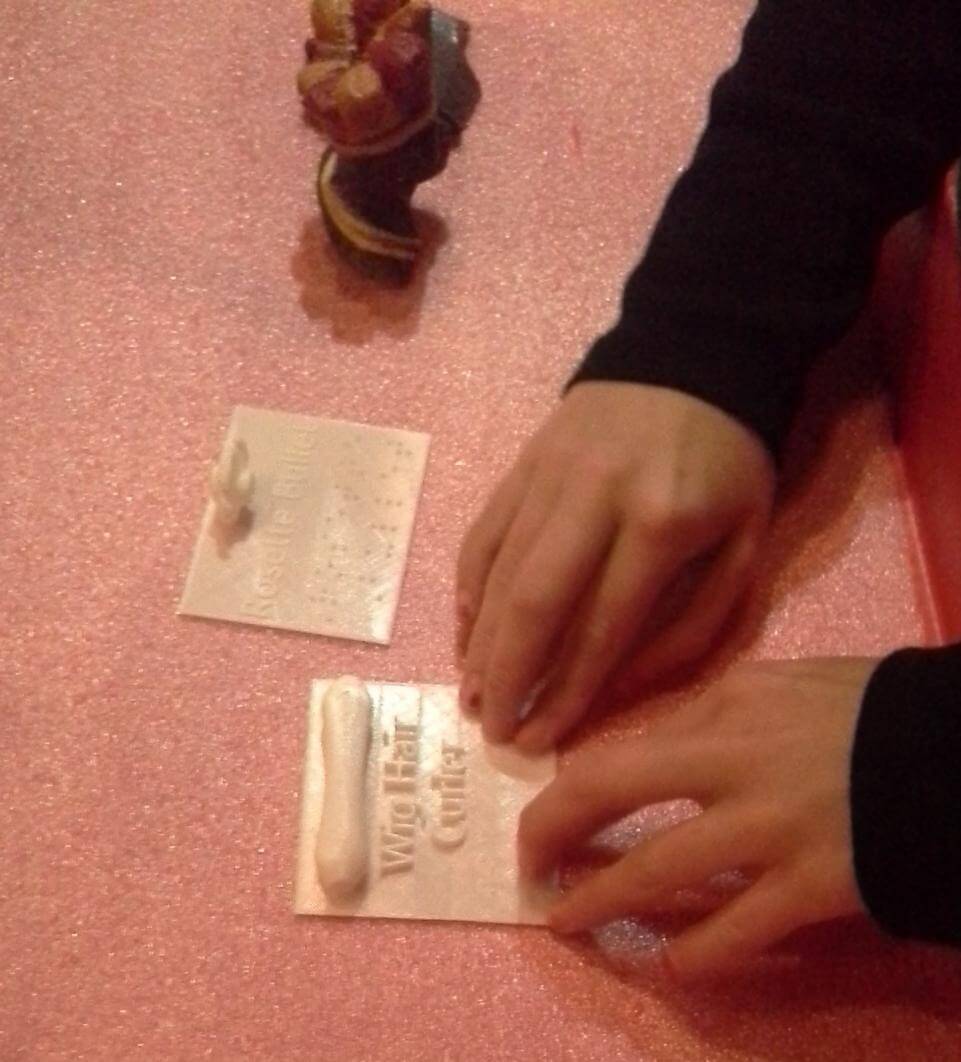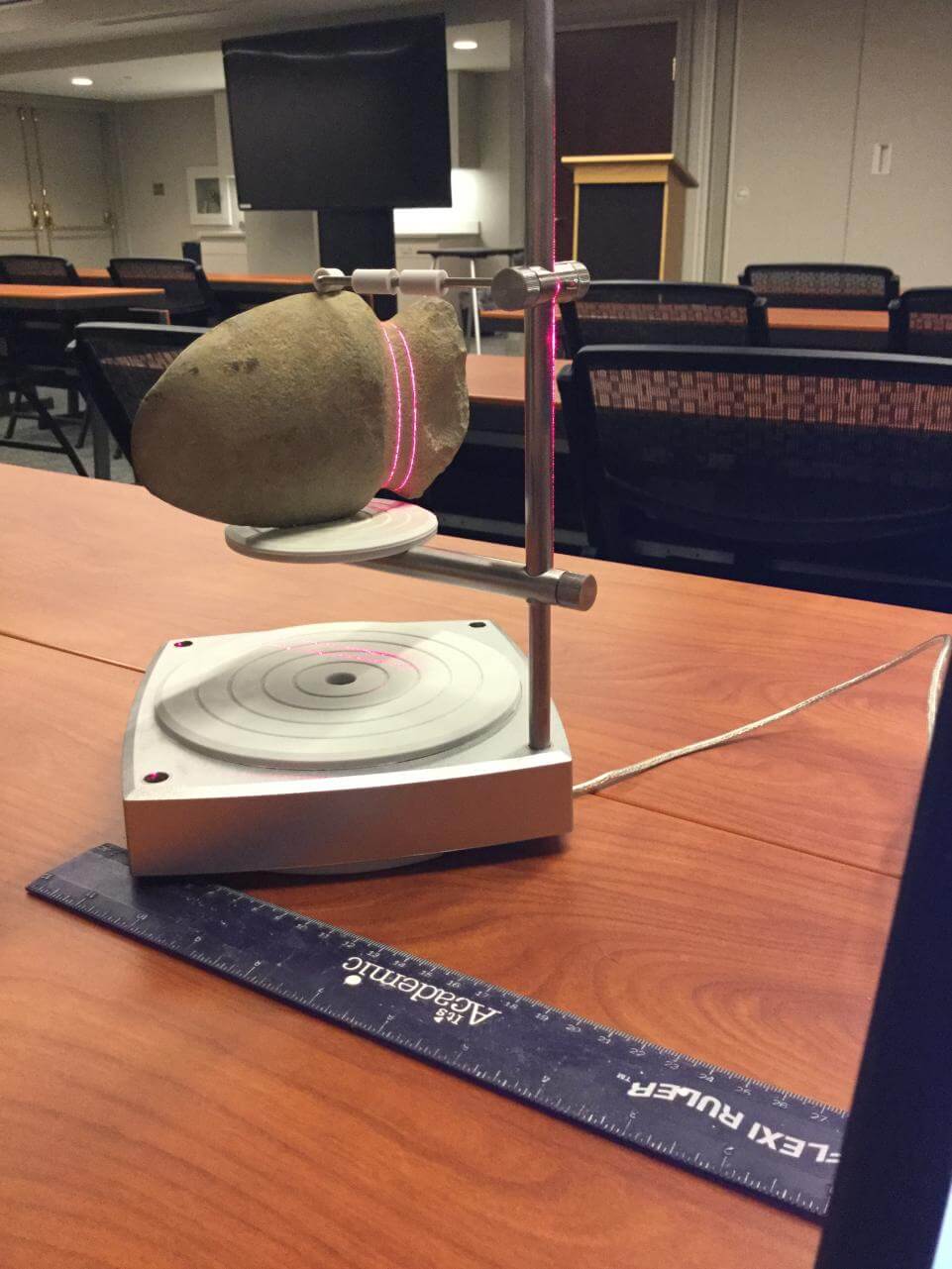The Virtual Curation Laboratory in Virginia is 3D scanning and 3D printing Civil War artifacts to offer a “touch tour” for blind visitors.
Historical artifacts provide us with insight into the history of humanity, but most of these ancient objects are too delicate and valuable to allow museum visitors to touch. Unfortunately, this makes it difficult for the visually impaired to truly experience and learn about the specimens that are safely situated behind glass.
However, the limited access to artifacts is being radically changed thanks to the emergence of 3D scanning and 3D printing technology. By 3D printing replicas of these historically significant objects, museums can now allow blind visitors to physically touch them.
Scientists at the Virtual Curation Laboratory have recently undertaken a project to create a “touch tour” at the Virginia Historical Society. The project will showcase various Civil War artifacts that are digitally captured and 3D printed in plastic.

3D Printing Technology Allows the Blind to Connect with Historical Civil War Artifacts
The museum’s “touch tour” will feature 3D printed copies of General George S. Patton’s corncob pipe, General Robert E. Lee’s life mask, a wooden canteen, a mining lamp, and others. Each artifact will include 3D printed artifact tags with raised lettering, allowing the blind visitors to know what object they’re feeling.
“The idea behind the touch tour is to draw [on] stuff that’s in their collection and things that will be used by the education staff. The key function of touching is that you can get at the shape of the object, and in some ways the function of the object depending on what the object is,” said 3D printing scientist Bernard Means.
The Virtual Curation Laboratory is also using 3D technology for other innovative projects. At the Virginia Museum of Natural History, the lab is digitally reconstructing partial fossils and World War II objects. Additionally, Means created a 3D printed copy of the Constitution with raised lettering that is on display at the Philadelphia Constitution Center.
Not only will visually impaired museum-goers be given a hands-on historical experience, the lab also wants to make the digital models available online, allow people across the world to pay a virtual visit to the Virginia Historical Society.
The Virtual Curation Laboratory isn’t the first 3D printing has been used to create replicas of historical artifacts and artwork. Last month, Brazilian photographer Gabriel Bonfim unveiled the project “Tactography”, creating photos in 3D so that blind people can “see” his pictures. Even outside of servicing the visually informed, 3D scanning and 3D printing has also allowed scientists to preserve history with highly accurate replicas.
Source: Newsweek

License: The text of "3D Printing Helps Blind “See” Civil War Artifacts at Virginia Museum" by All3DP is licensed under a Creative Commons Attribution 4.0 International License.